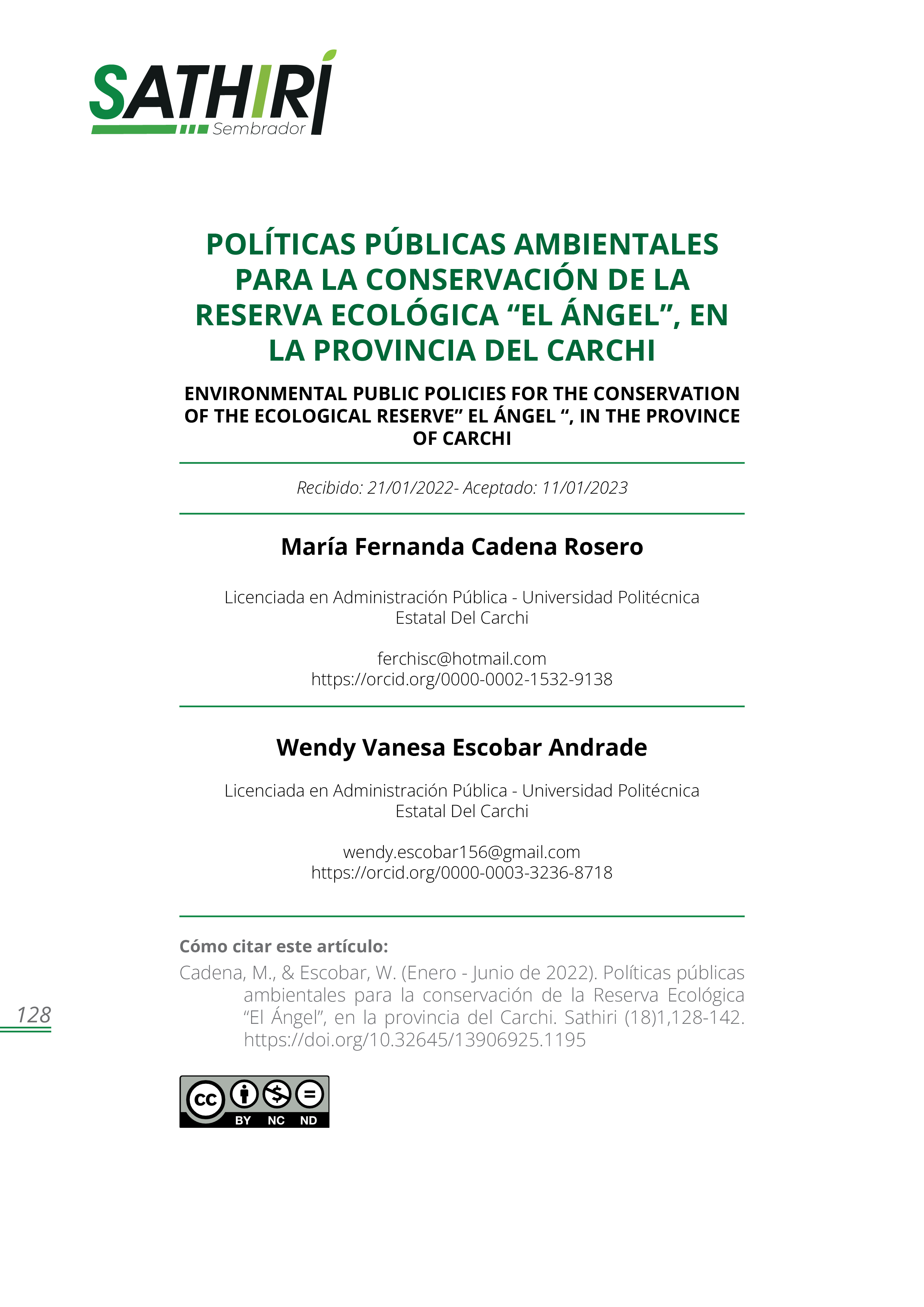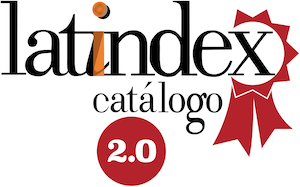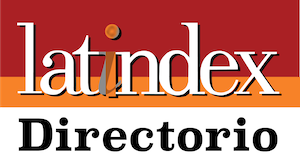Environmental public policies for the conservation of the Ecological Reserve" El Ángel ", in the province of Carchi
DOI:
https://doi.org/10.32645/13906925.1195Keywords:
environmental public policies, , environmental conservation, protected areaAbstract
The goal of the present research work was to analyze the impact of environmental public policies for the conservation of the Ecological Reserve "El Ángel" in order to contrast the main components of public policies with the theory of environmental conservation. The public and private actors were identified, as well as the support that citizens receive when declaring this space as a protected area. Consequently, it is determined that the effect produced by environmental public policies lies in the integration of environmental awareness in the decision-making of the governmental regent regarding the care of the reserve. The methodology applied in this study was qualitative and quantitative which allowed researchers identify the environmental public policies involved in conservation. To do this, surveys were applied to the population, they demonstrated the lack of knowledge on the part of the citizens regarding environmental management. On the other hand, the entity in charge of managing this natural ecosystem was also interviewed. In this sense, the results obtained reflect the limited initiative to create social spaces where the population and the authorities articulate public environmental policies with sustainable logic to maintain the integrity of the environment. The final stage of the study made it possible to generate recommendations that will help minimize, compensate and conserve this space through environmental awareness and active citizen participation in the management of protected areas.
References
Asamblea Nacional Constituyente. (2008). Constitución de la República del Ecuador. Lexis.
Asamblea Nacional Constituyente. (2017). Código Orgánico del Ambiente. Lexis.
Ascuntar, D. (2019). Análisis de las políticas públicas en materia de gestión ambiental sobre las Áreas de Conservación y Uso Sustentable de la cordillera oriental del Gobierno Autónomo Descentralizado provincial del Carchi, periodo 2014-2017. Universidad Politécnica Estatal del Carchi.
Bermeo, F., Hernández, J., & Tobón, S. (2016). Análisis documental de la v heurística mediante la cartografía conceptual. Ra Ximhai,, 12(6), 103-121. doi:https://www.redalyc.org/pdf/461/46148194006.pdf
Fachelli, P. L. (2015). Metodología de la Investigación Social Cuantitativa. Universidad Autónoma de Barcelona.
Fontaine, G. (2015). El Análisis de Políticas Públicas: Conceptos, Teorías y Métodos. Anthropos Editorial.
Gallardo, E. (2017). Metodología de la Investigación: Manual autoformativo interactivo. Universidad Continental .
Guevara, G., Verdesoto, A., & Castro, N. (2020). Metodologías de investigación educativa (descriptivas, experimentales, participativas, y de investigación-acción). RECIMUNDO, 4(3), 163-173. doi:https://www.recimundo.com/index.php/es/article/view/860/1363
Hernández, R., & Mendoza, P. (2018). Metodología de la Investigación: Las rutas cuantitativa, cualitativa y mixta. Mc Graw Hill Education.
Mata, L. (4 de febrero de 2020). Investigalia. Obtenido de https://investigaliacr.com/investigacion/la-entrevista-en-la-investigacion-cualitativa/
Ministerio del Ambiente del Ecuador. (2016). Estrategia Nacional de Biodiversidad 2015-2030.
Morán, F. (2015). El derecho ambiental y la paritipación ciudadana: Hacia un vital punto de encuentro en México y el mundo. AFDUC(19), 79-94. doi:https://ruc.udc.es/dspace/bitstream/handle/2183/16856/AD_2015_19_art_4.pdf?sequence=1&isAllowed=y
Múgica, M., Montes, C., Mata, R., & Castell, C. (14 de Febrero de 2020). Las áreas protegidas como herramientas para reforzar las conexiones entre ciencia, gestión y sociedad. Revista cientifica de ecología y medio ambiente, 1-8. doi:https://www.revistaecosistemas.net/index.php/ecosistemas/article/view/1904
Ortíz, S., & Romo, M. (2016). Impactos socioambientales de la gestión del agua en el área natural protegida de Cuatro Ciénegas, Coahuila. Región y Sociedad, 28(66), 196-230. doi:http://www.scielo.org.mx/scielo.php?script=sci_arttext&pid=S1870-39252016000200195
Yánez, P. (30 de Junio de 2016). Las Áreas Naturales Protegidas del Ecuador: caracerísticas y problemática general. Revista de la Universidad Iberoamericana del Ecuador, 41-55. doi:https://works.bepress.com/patricio-ynez/7/
Zarta, P. (2018). La sustentabilidad o sostenibilidad: un concepto poderoso para la humanidad. Tabula Rasa(28), 409-423. doi:http://www.scielo.org.co/pdf/tara/n28/1794-2489-tara-28-00409.pdf

Downloads
Published
Issue
Section
License
Copyright (c) 2023 María Fernanda Cadena Rosero, Wendy Vanesa Escobar Andrade

This work is licensed under a Creative Commons Attribution-NonCommercial-NoDerivatives 4.0 International License.
El autor mantiene los derechos morales e intelectuales de su obra, autorizando a la editorial de la revista Sathiri la difusión y divulgación de su contenido con fines estrictamente académicos y de investigación, sin fines de lucro. Así mismo, se autoriza que la obra sea descargada y compartida con otras personas, siempre y cuando no sea alterada y se reconozca su autoria.





















